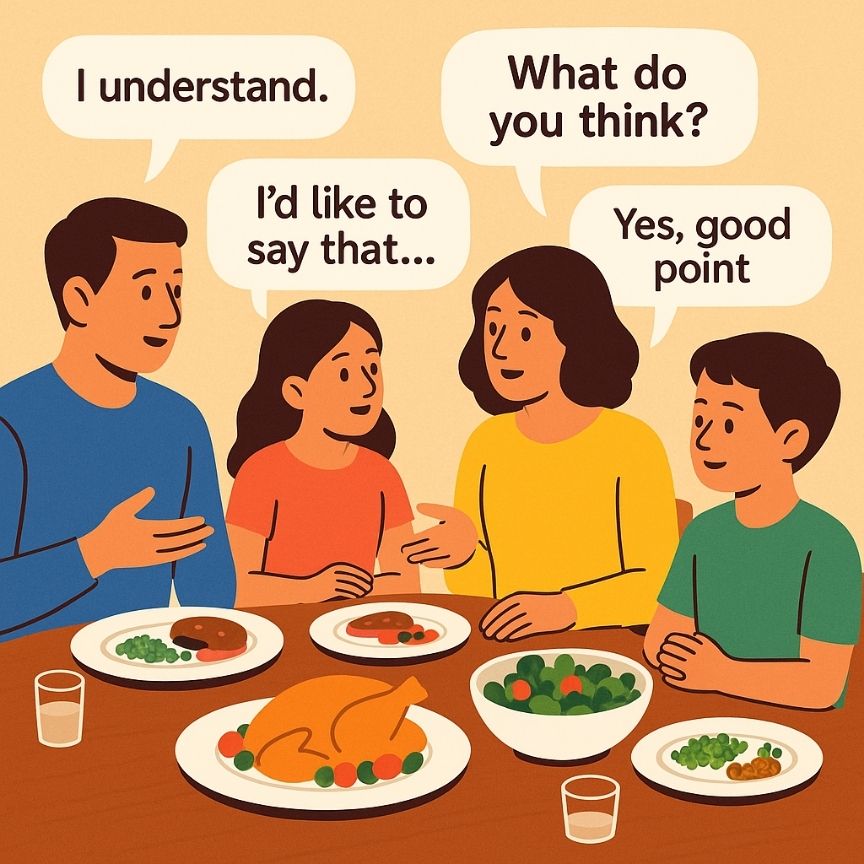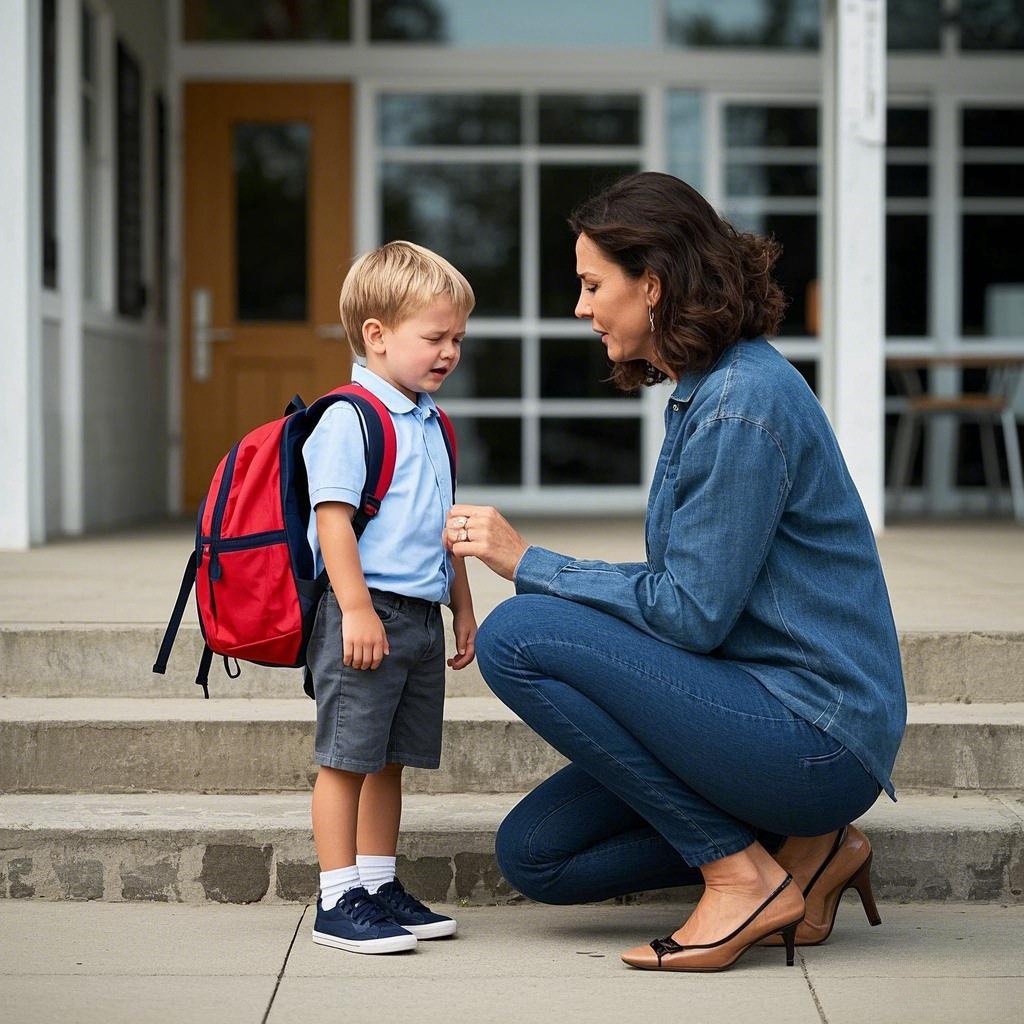Introduction
Parents everywhere swap stories about the eye-rolls, one-word answers, and unexpected flare-ups that seem to blossom the moment a child turns twelve. The transition from childhood sweetness to preteen edge can feel abrupt, leaving caregivers wondering whether something has gone wrong. In truth, age twelve is a developmental crossroads: hormones rev up, friendship circles widen, and the brain starts rewiring for adulthood. These pressures often leak out as sarcasm, mood swings, or pushback against rules that once went unchallenged. This article explores why that infamous “attitude” shows up, how to distinguish normal growing pains from deeper concerns, and—most importantly—how to respond in ways that protect connection while guiding behavior.
Understanding the Developmental Changes at Age 12
By the tween years, a surge of hormones—including estrogen, progesterone, and testosterone—begins laying the groundwork for puberty. Alongside the obvious physical changes, those chemicals amplify emotional reactivity; small frustrations feel bigger, and joy swings sky-high. Meanwhile, the prefrontal cortex—responsible for impulse control and long-range planning—is still under construction. Because the emotional centers of the brain mature earlier than the reasoning centers, feelings sometimes override logic, resulting in snap judgments or dramatic outbursts. Sleep patterns also shift, with circadian rhythms pushing kids to stay up later, which can leave them short on rest and quicker to irritate. Put together, these biological factors create a recipe for volatile moods that can surprise both parent and child.

Why ‘Attitude’ Often Appears at This Age
Beyond biology, twelve-year-olds hunger for autonomy. At school they juggle lockers, class changes, and evolving social hierarchies; at home they notice more freedoms granted to older siblings or shown in movies and social media. Pushing back against family rules is a way to test limits and announce, “I’m growing up.” Sarcasm can feel like a badge of maturity, echoing humor they hear among peers. Add the magnetic pull of smartphones and online influencers, and your child receives constant scripts for witty comebacks—some respectful, many not. Boundary-testing isn’t malicious; it’s practice for forming an independent identity. Yet without guidance, that practice can morph into chronic disrespect.

When to Be Concerned About Behavior
Most eye-rolling is harmless, but some patterns signal a deeper struggle. Take note if attitude escalates into chronic hostility toward everyone, or if your child withdraws completely from activities they once enjoyed. Frequent headaches or stomachaches, sudden drops in grades, or comments like “I don’t care anymore” can hint at anxiety or depression rather than simple moodiness. Bullying—whether they’re the target or the instigator—may also drive drastic shifts in demeanor. Self-harm talk, persistent feelings of worthlessness, or aggressive behavior toward siblings and pets are bright-red flags. Trust your intuition: if a behavior feels extreme or lasts more than a few weeks, involve a pediatrician, school counselor, or mental-health professional. Early support can prevent bigger crises later.

Healthy Ways to Respond and Set Limits
First rule: stay calm. A parent’s composure signals that big feelings are manageable, even when words sting. Speak in a firm yet warm tone, describing the behavior (“Throwing your backpack isn’t okay”) and naming the feeling you suspect (“It sounds like you’re frustrated your friend canceled”). When consequences are necessary, choose ones that teach skills—extra household responsibilities, for instance—rather than punishments that embarrass. Consistency is key: predictable rules reduce the temptation to test every boundary. Equally important is modeling; children absorb how adults treat store clerks, handle traffic jams, and discuss politics. If respect is demonstrated daily, it becomes the household’s operating language. Finally, carve out positive moments—weekly walks, shared hobbies—so discipline isn’t the only time you and your preteen interact.

Supporting Emotional Growth and Self-Awareness
Twelve-year-olds often feel emotions they can’t yet label. Encourage expression by offering low-stakes outlets: a private journal, sketchbook, or digital note where they can vent freely. Open-ended questions (“What part of today was hardest?”) invite stories rather than yes/no answers. Validate what you hear—“That sounds disappointing”—before suggesting solutions. Teaching emotional vocabulary (“irritated,” “overwhelmed,” “excited”) empowers kids to name feelings instead of acting them out. Role-playing empathy—asking how a classmate might have felt—broadens perspective and softens sharp edges. Encourage creative pursuits like music or sports, which give feelings a physical pathway out of the body. Over time, this emotional literacy strengthens self-control and helps attitude morph into assertive, respectful communication.

Conclusion
An uptick in attitude around age twelve is a hallmark of early adolescence, not a sign that parenting has failed. Behind the eye-rolls lies a brain and body racing toward adulthood, testing new abilities and boundaries daily. When caregivers combine steady limits with empathy, they transform turbulence into teachable moments. Stay curious, keep the conversation going, and remember that consistency today builds trust tomorrow. With patience, modeling, and open doors for dialogue, families can turn this season of growing pains into groundwork for responsible, resilient teens.






